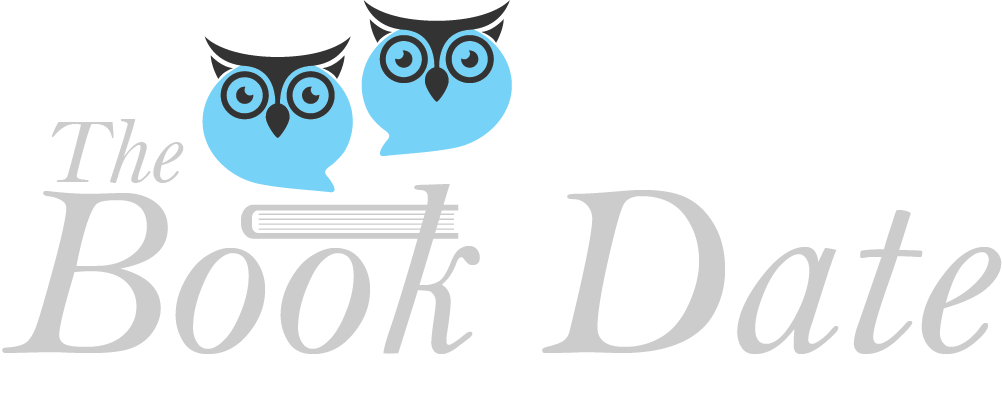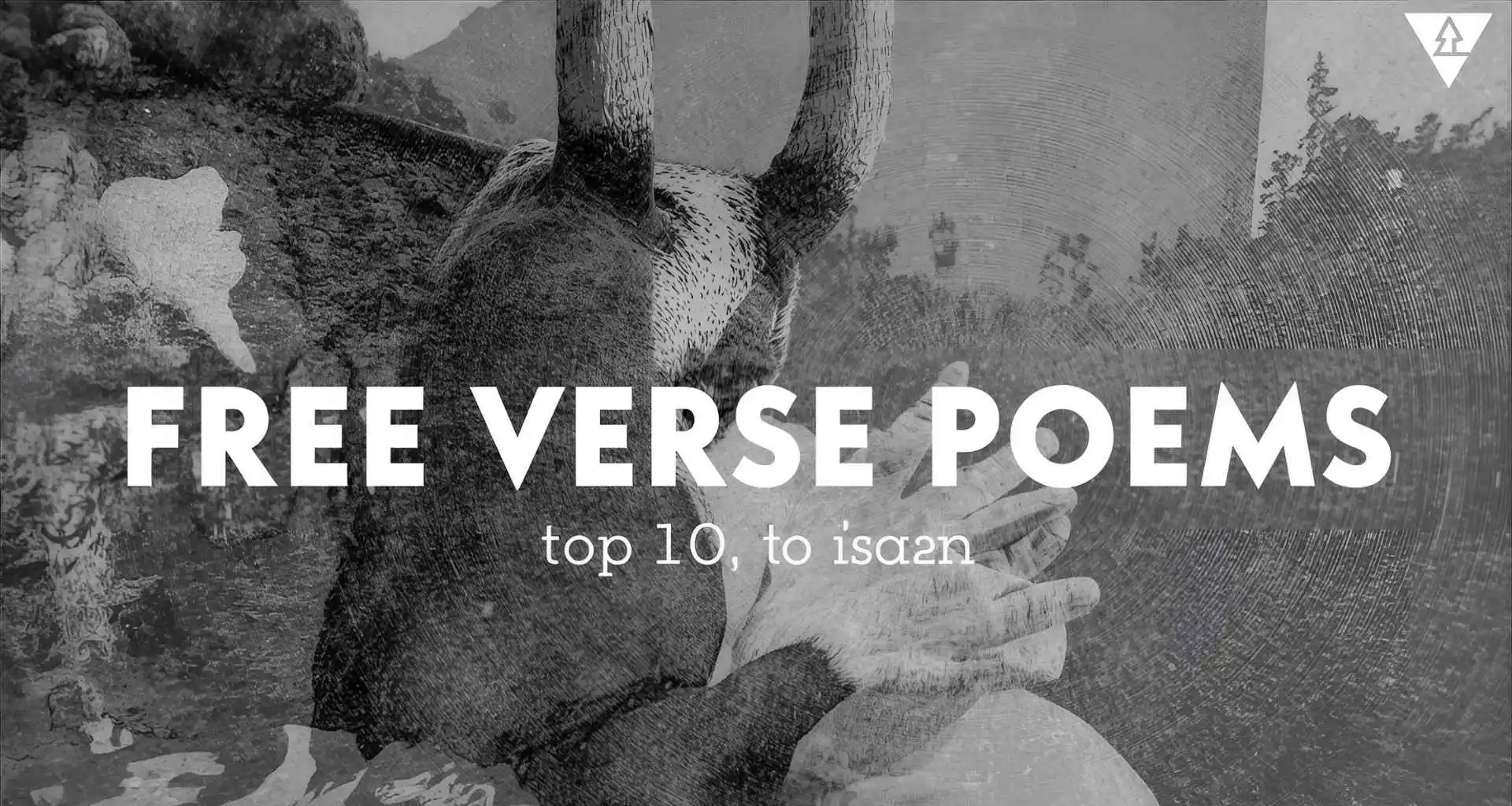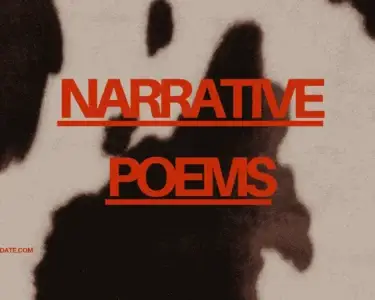There was a time when poetry was bound by rhythm and rhyme, when each verse was measured, each syllable counted. Then came free verse poems, a rebellion against poetic structure, a movement that chose emotion over order and authenticity over formality.
Free verse isn’t about breaking rules for the sake of it. It’s about listening to your inner rhythm, allowing words to breathe and emotions to unfold naturally. It’s where poetry meets freedom.
In this article, TheBookDate explores 10 iconic free verse poems that changed how we read, write, and feel poetry. These poems aren’t just compositions – they’re confessions, revolutions, and reflections of the human experience.
Free Verse Poems: Top 10 That Celebrate Creative Freedom
There is a kind of poetry that breathes without constraints. Free verse poems have that liberty, their lines follow no rigid meter, their rhythms answer to voice and image, their shape changes with each soul that reads them. In this article, we’ll walk through free verse poems that shine with boldness and heart, poems that lean into creative freedom. You’ll see how each example stretches what poetry can do, and maybe you’ll feel invited to try a free verse of your own. By journey’s end, I hope you’ll carry a few new poems in your mind, and see creative freedom in poetry as an open door, not a vague ideal.
Best Free Verse Poems About Creative Freedom
These selections show how a poem can embody creative freedom, not just in form, but in spirit, voice, and risk.
“Song of Myself” by Walt Whitman
Whitman is often held as a progenitor of modern free verse. In Song of Myself, his voice roams wide: from self to cosmos to democracy. He doesn’t let rhyme or meter fence him in. The lines expand or contract as his thoughts demand. This is poetry breathing at its fullest.
“When Lilacs Last in the Dooryard Bloom’d” by Walt Whitman
This elegiac free verse is vast in scope, grief, nature, politics, transcendence all weave together. Its line lengths and rhythms shift as the voice moves; the structure loosens to hold emotional magnitude. The creative freedom allows Whitman to carry many tones at once.
“Root Cellar” by Theodore Roethke
In eleven wild, lush lines, Root Cellar depicts bulbs breaking free in damp darkness. Its images surge. The line breaks feel urgent, sometimes jagged, always alive. In that breakage lies freedom.
“In Blackwater Woods” by Mary Oliver
Oliver’s tone is meditative, her subject nature and mortality. In In Blackwater Woods, she lets attention settle, then lifts again. The poem doesn’t confine itself but invites you to inhabit silence, awareness, and letting go.
“School Prayer” by Diane Ackerman
This poem School Prayer by Diane reads like a gentle pledge to nature. Its lines are uneven, its voice earnest, its sentiment expansive. Because it isn’t bound by rhyme, its insistence on care feels more like a thought spoken than a sermon delivered.
“The Red Wheelbarrow” by William Carlos Williams
Short, spare, powerful. The Red Wheelbarrow reminds us that in free verse, brevity can be strength. Each line carries weight; each break matters. That’s one of freedom’s potentials in poetry: you don’t need to say a lot to mean a lot.
“Not My Business” by Niyi Osundare
This poem uses direct diction, shifts in tone, and moral force. The creative freedom in its lines lets the speaker move between observation and accusation, closeness and distance. In essence, free verse becomes a vehicle for truth-telling.
“Fog” by Carl Sandburg
A minimal piece, but full of effect. “The fog comes on little cat feet … it sits … on silent haunches.” The line breaks create suspense; the slow reveal is possible because Sandburg isn’t forced into a pattern.
“After the Sea-Ship” by Walt Whitman
Here, Whitman again uses long lines and variable pacing. The sea, the winds, the waves, they all flow in and out of image, thought, and movement. This poem shows that when a poet gives themselves freedom, the sea of possibility opens.
“The Dying Lover” by Gustave Kahn
Switching geographical regions, this French “vers libre” poem is credited to early experiments in what we now call free verse. Kahn named vers libre and opened paths for poets to claim freedom over meter and line. In The Dying Lover, the looseness is deliberate, even theoretical.
Modern Free Verse Poets Who Redefined Form
If the above are beacons, these are ones carrying the torch in newer light. Their work shows how creative freedom in poetry continues evolving.
- Ada Limón , many of her poems in the Free Verse category show deep conversational tone, internal shifts, image-led lines.
- Sharon Olds , her poem “Take the I Out” is published under free verse themes. Her voice is raw, personal, visceral.
- Langston Hughes , Harlem is often cited as free verse (though with occasional rhyme) and show how free verse can carry social weight.
- Sylvia Plath , modern poets like Plath use free verse to merge internal psyche with external imagery. Tulips (free verse) is one such example.
These poets show that free verse isn’t a relic of the past. It’s alive, adapting, expanding.
Examples of Free Verse Poems That Inspire Writers
Having seen both classics and modern voices, here’s how you might use these poems as inspiration in your own reading or writing journey.
Poetic Expression Through Line Break
Look at how Root Cellar or Fog end lines. Every break can shift tension, amplify an image, pause a breath. Try writing a sentence, then break it where it surprises you.
Literary Freedom in Voice
Notice the shifts in tone,from the conversational in Limón to the sweeping in Whitman. Let yourself slide between interior voice and wider vision without guilt.
Modern Poetry Examples as Guides
Read current poets in Free Verse collections (e.g. from poetry magazines) to learn how lineation is evolving. Watch how they sometimes reintroduce small rhymes, internal echoes, or visual spacing as tools.
How to Write Free Verse: A Brief Invitation
- Begin with a moment, image, or feeling, not a “must rhyme.”
- Let your natural voice move. Don’t forge it into what you think poetry should sound like.
- Use line breaks as pauses, tensions, shifts, not random cuts.
- Embrace silence, white space. Let what’s unsaid carry weight.
- Revise mindfully,ask: Does this break amplify what I mean?
- Read your poem aloud. How does it breathe?
You don’t need “style rules” beyond your own truth. That’s the heart of how free verse gives space.
I hope these free verse poems open windows in your reading life. From Whitman’s grand sweep to Sandburg’s whispering fog, from Osundare’s moral urgency to Ackerman’s vow to nature,each shows that creative freedom in verse is not absence of form, but the courage to choose your form.
If you feel emboldened, pick one poem above, write a few lines in its spirit, and let the page remember your breath. Free verse lets you try, fail, leap, and try again.
Want me to build a downloadable reading list or a prompt packet for free verse writing? I’d love to.
At TheBookDate, we believe poetry is more than art, it’s a mirror of the soul. Free verse poems remind us that beauty doesn’t always need rhythm, and truth doesn’t always rhyme.
Each poem on this list carries its own heartbeat, from Whitman’s sweeping celebration of self to Gorman’s voice of courage. Together, they show that creative freedom in poetry is really about emotional honesty, the courage to say what we feel, in the way we feel it.
If you’ve ever hesitated to write because your words didn’t “fit the rules,” let this be your sign: poetry belongs to you, too.
Every pause, every breath, every raw emotion, it all counts.
Because here, at TheBookDate, we celebrate stories that speak from the heart.
And free verse? It’s the heartbeat of them all. 💛




